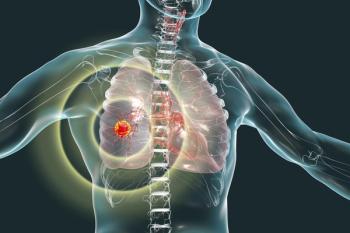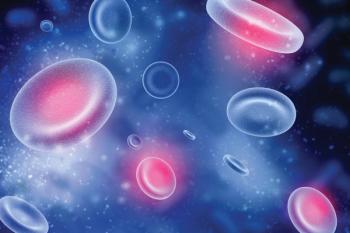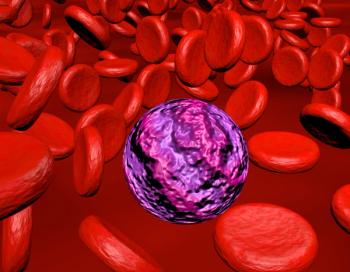
Assessing ctDNA as a Predictor of RT Responses in Gynecologic Cancers
Investigators evaluated ctDNA as a potentially noninvasive method to predict response to radiotherapy among those with gynecologic malignancies.
In a conversation with CancerNetwork®, A. Gabriella Wernicke, MD, MSc, detailed the rationale for assessing circulating tumor DNA (ctDNA) as a potential predictor of response to radiotherapy or chemoradiation in patients with gynecologic malignancies. Wernicke, a clinical professor at Donald and Barbara Zucker School of Medicine at Hofstra/Northwell and radiation oncologist at Lenox Hill Hospital of Northwell Health Cancer Institute in New Hyde Park, New York, presented this study at the
After receiving institutional review board (IRB) approval, Wernicke and colleagues assessed 29 evaluable patients with vaginal, vulvar, vaginal, cervical, and recurrent endometrial cancer who received radiotherapy or chemoradiotherapy from 2022 to 2024. Using a personalized, tumor-informed mPCR-NGS ctDNA assay, investigators assessed ctDNA samples before, during, and after radiation-based treatment to test their hypothesis that ctDNA was predictive of treatment response in this population. Overall, ctDNA demonstrated feasibility as a predictive biomarker for the efficacy of radiotherapy or chemoradiation, and larger prospective evaluation of these findings is underway.
Wernicke stated that she wanted to thank the ASTRO Scientific Committee for selecting her group’s work for an oral presentation at the meeting.
Transcript:
The management of [gynecologic] malignancies with radiation or chemotherapy and radiation in combination remains quite a challenge, as radiation causes toxicity, and the outcomes of treatment may not be known for months after therapy. So early identification of response with ctDNA blood draw may provide a noninvasive way to predict response to treatment.
We obtained an IRB approval and looked at patients with the following [gynecologic]malignancies: vaginal cancer, vulvar cancer, cervical cancer, and recurrent endometrial cancer. These patients were treated between the periods of 2022 and 2024 and then analyzed in a retrospective manner. We collected samples of ctDNA at the following time points: pre-treatment with radiation or chemoradiation, midway through their treatment, and at the end of treatment. Subsequently, we did longitudinal testing by obtaining ctDNA at 1, 3, and 6 months and 6 months thereafter. Unless the patient progressed or recurred, then our testing was more frequent at every 3 months. ctDNA analysis was used by performing a personalized tumor-informed mPCR-NGS ctDNA assay.
Reference
Wernicke G, Gui B, Shalamov MM, et al. Early assessment of response using ctDNA as a non-invasive biomarker in patients with gynecologic malignancies undergoing radiotherapy. Presented at: 2024 American Society for Radiation Oncology Annual Meeting; September 29-October 2, 2024; Washington, DC. Abstract 106.
Newsletter
Stay up to date on recent advances in the multidisciplinary approach to cancer.


















































































